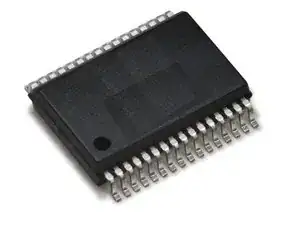Background and Identification
A microcontroller (also called an MCU for microcontroller unit) is a small computer placed on a single metal-oxide-semiconductor (MOS) integrated circuit (IC) chip. Microcontrollers are used in automatically controlled products and services such as car engine control systems, implantable medical devices, remote controls, appliances, and power tools. A microcontroller can be used as an embedded system if it is a self-contained system with a processor, memory, and peripherals.
A microcontroller is similar to but less sophisticated than a system on a chip (SoC). A system on a chip can include a microcontroller as a component. Microcontrollers include one or more CPUs (processor cores) in addition to memory and programmable input/output peripherals. Program memory and a small amount of RAM are also generally included in microcontroller chips. Microcontrollers are designed for embedded applications rather than the microprocessors used in personal computers or other applications including discrete chips.
The microprocessor and microcontroller were first invented with the MOSFET (metal-oxide-semiconductor field-effect transistor), which was first demonstrated by Bell Labs in 1960. Texas Instruments engineers Gary Boone and Michael Cochran successfully created the first microcontroller in 1971. The first microcontrollers were designed for embedded systems and included read-only memory, read/write memory, processor, and clock on one chip.
Microcontrollers are generally black rectangles or squares with many small wire pieces located on each side of the shape.
